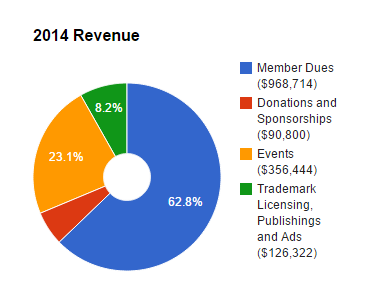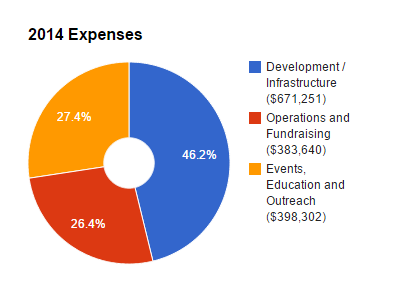We’re excited to announce that the Pointer Events specification has become a W3C Recommendation! As we’ve said before, we love Pointer Events because they support all of the common input devices today – mouse, pen/stylus, and fingers – but they’re also designed in such a way that future devices can easily be added, and existing code will automatically support the new device. While reaching Recommendation status is a monumental moment, there’s still much work to do.
Pointer Events aren’t a viable solution until they’re usable in all of the browsers that developers are supporting. While that day may seem far away, the jQuery Foundation is dedicated to getting usable Pointer Events in every developer’s hands as soon as possible. We’re working on PEP, our Pointer Events polyfill that Google transferred from the Polymer project to the jQuery Foundation. PEP will be integrated into projects such as jQuery UI, jQuery Mobile, and Dojo. We’re hoping to get out our first release in the next few weeks. If you’re interested in helping out, let us know.
Microsoft is already shipping a full implementation of Pointer Events in IE11 and they had a mostly complete, prefixed implementation in IE10. Mozilla also has a full implementation for Firefox on Windows Metro, though it’s not currently enabled. Both implementation are passing 100% of the W3C Pointer Events test suite. You can follow Mozilla’s progress for all of their supported platforms on https://wiki.mozilla.org/Gecko/Touch.
Of course, the world ain’t all sunshine and rainbows. There’s still no sign that Apple will ever implement Pointer Events. Because of this, Google has decided not to ship Pointer Events in Blink, but rather to try to extend Touch Events to have the power of Pointer Events. The work to extend Touch Events is happening in the Touch Events Community Group to ensure interoperability and standardization. However, there is reasonable concern that adding several extensions to Touch Events will just result in an even more fragmented landscape, eventually worsening the situation rather than improving it. It’s not clear that Apple would implement all of these features anyway, and adding support for hover would require awkward APIs due to the logic that already exists in Touch Events. Even if the power of Pointer Events were added to Touch Events, the awkward event interface isn’t nearly as nice or easy to transition to from Mouse Events.
Despite Google’s current position, they’re willing to continually re-evaluate if shipping Pointer Events will help move the web forward. We’re hopeful that Google will reverse their decision in the future and Apple will eventually be compelled to implement Pointer Events once Safari is the only major browser without support. The Chromium issue for implementing Pointer Events is already in the the 99th percentile of all issues (open and closed) based on number of stars.
As a community, we can shape the future of the web right now. We need to stop letting Apple stifle the work of browser vendors and standards bodies. Too many times, we’ve seen browser vendors with the best intentions fall victim to Apple’s reluctance to work with standards bodies and WebKit’s dominance on mobile devices. We cannot let this continue to happen. The jQuery Foundation is dedicated to driving standards, like Pointer Events, to improve the developer experience and in turn, make the web a better, more accessible place for everyone. Together, we can push the web forward and let standards and better APIs win. We can choose Pointer Events over Touch Events. And we can do it right now, with PEP.

